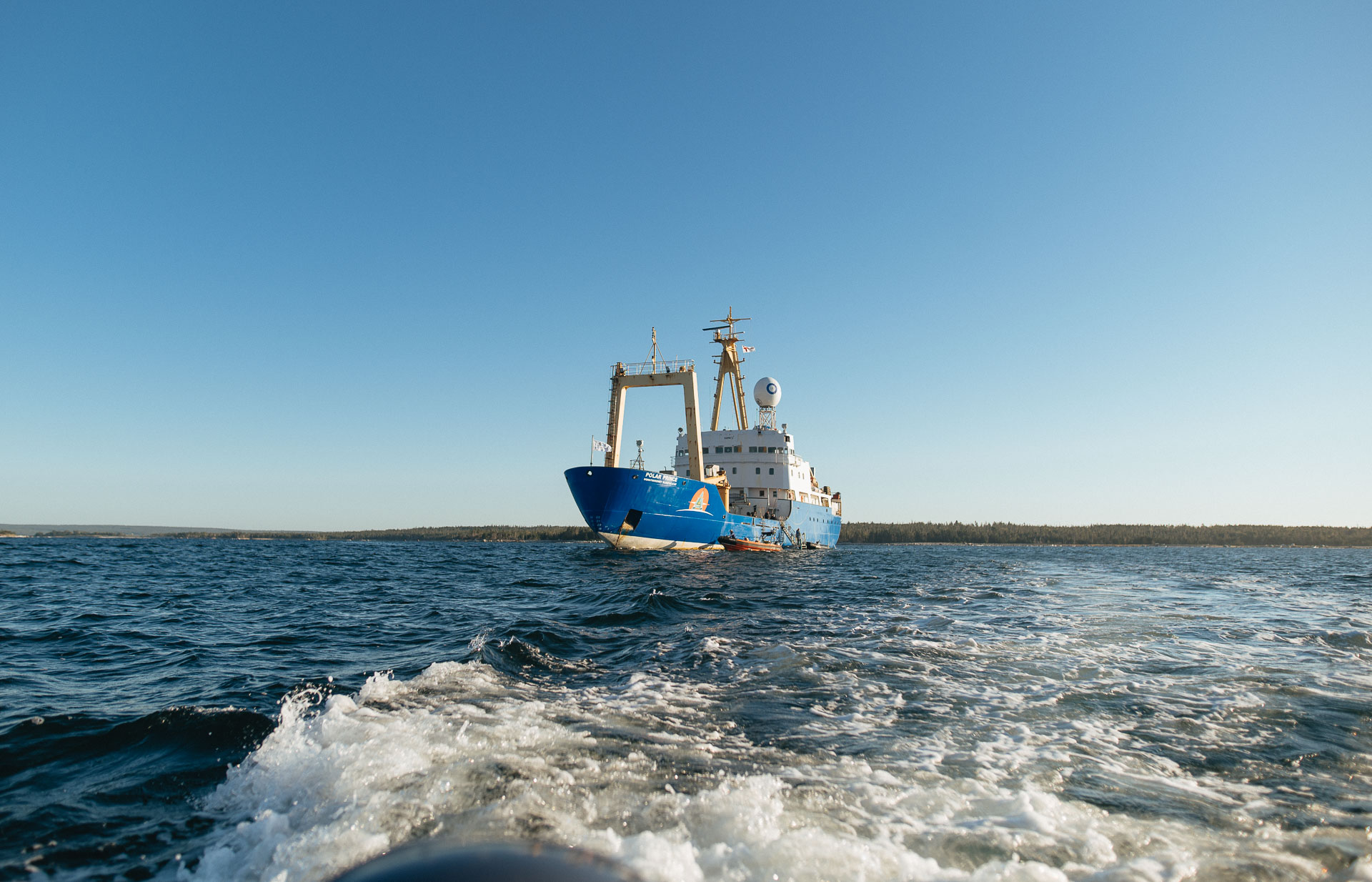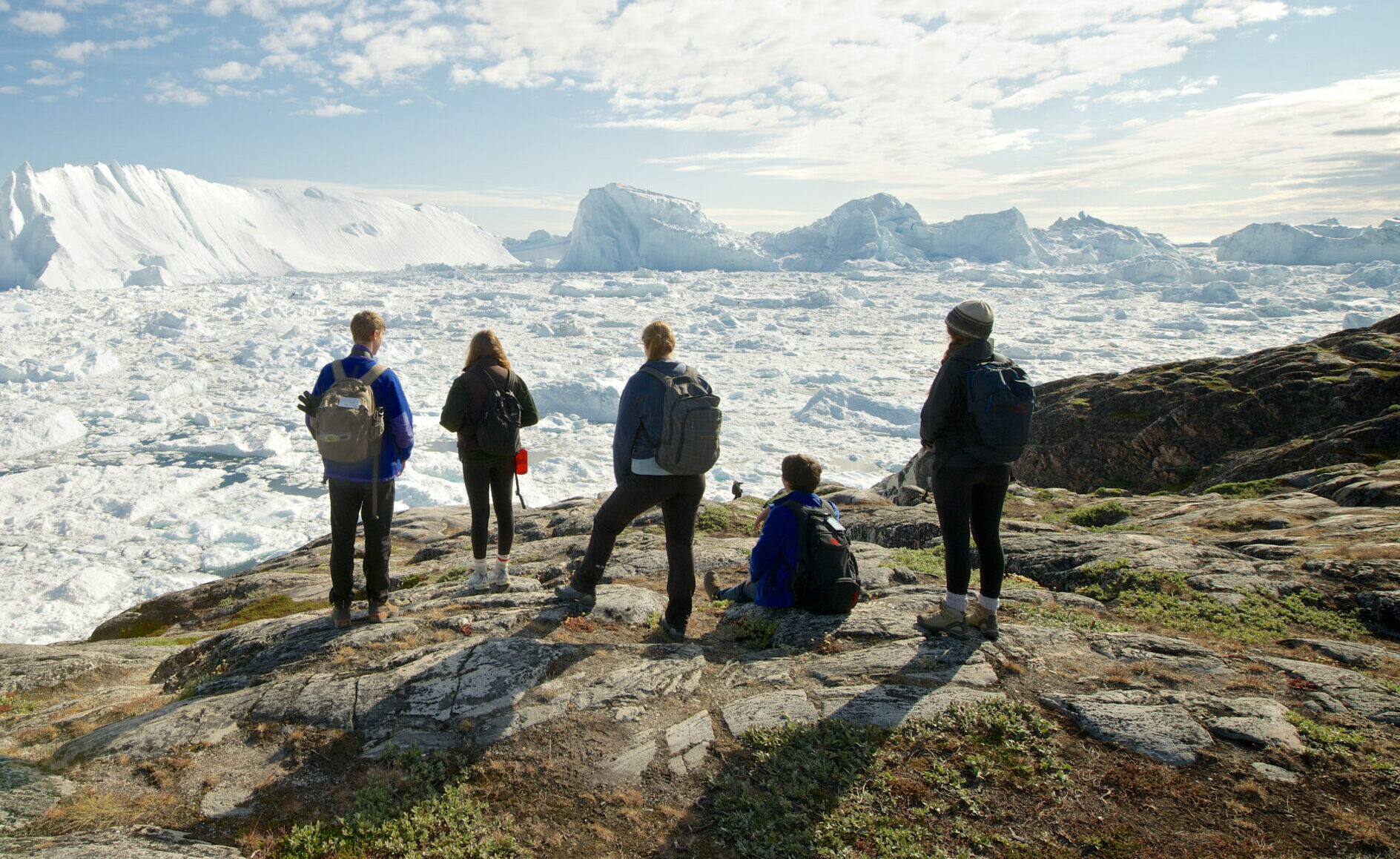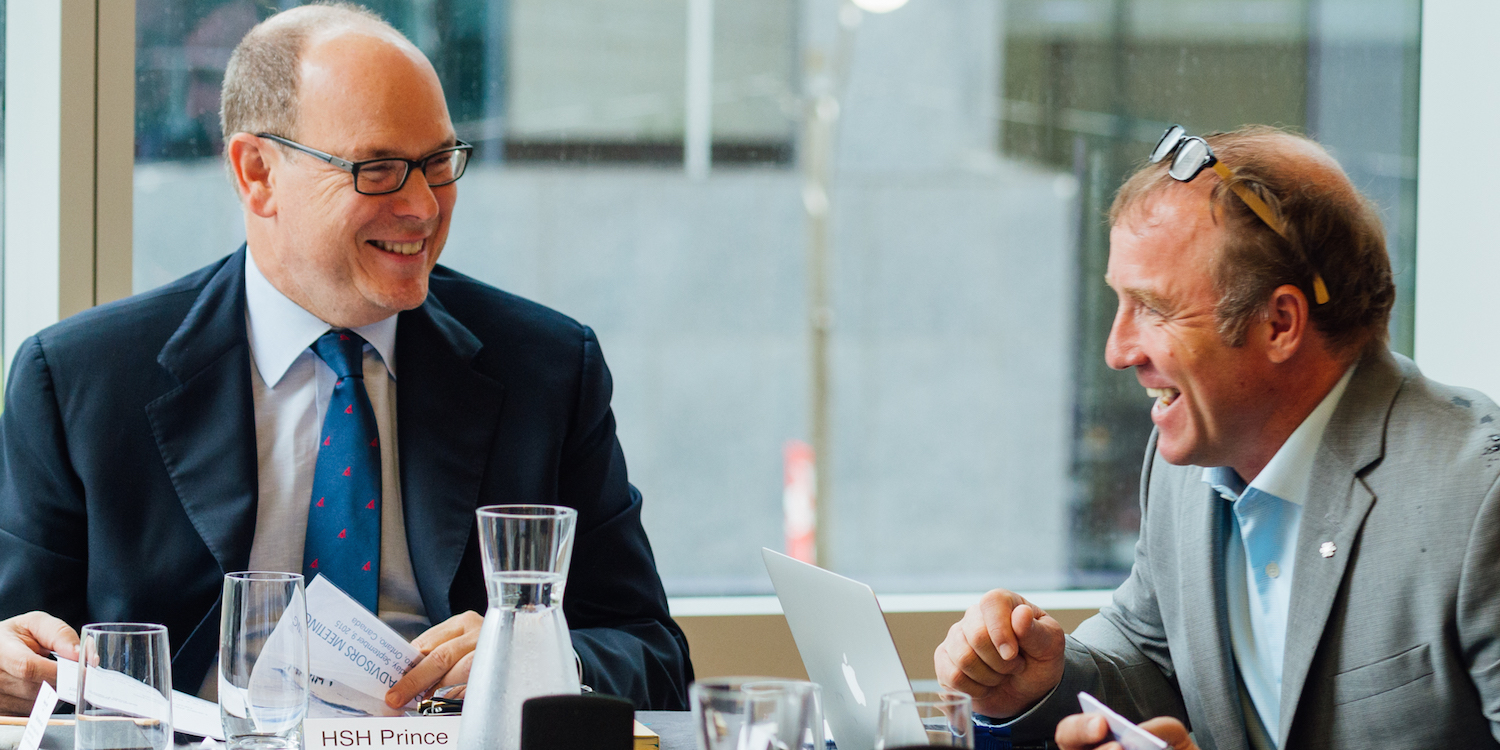2024 Iceland Delegation: Update 1
The SOI Foundation’s 2024 Iceland Delegation hit the ground running as we set out to explore the city of Reykjavik on Day 1. While traversing the city streets and stumbling into some famous landmarks like the Hallgrímskirkja Church, the team enjoyed the chance to get to know each other in a more relaxed environment. After an afternoon of urban exploration and team bonding, we headed out for our first meal together. Our adventure into Icelandic culture started at dinner, where a few brave members of our team indulged in a traditional delicacy: fermented shark. The taste can best be described as… an acquired one.

“I really enjoyed the ability to bond with each other on the first day. It was nice to have a chance to get to know each other a bit before we dove head first into our programming” — Alayna
The next morning the team was up bright and early to get our on-the-land experience fully underway. Our first stops were at two of Iceland’s popular waterfalls, Seljalandsfoss and Skógafoss. Some of our team members hiked the 466 steps to the top of Skógafoss to get a different perspective and take in the incredible view of Iceland’s landscape.
“I really liked being at the top of the waterfall – it was really beautiful. I felt on top of the world” — Taylor

From rushing water to frozen water, our next stop was a hike atop Sólheimajökull Glacier. An outlet glacier from Mýrdalsjökull, Iceland’s fourth largest glacier, the name Sólheimajökull means “home of the sun glacier.” As the team penguin waddled and stomped our crampons (spikes for your boots) into the ground, it was hard not to acknowledge how much the glacier has reduced in size in just one year since the SOI Foundation was here last.
The next morning in the village of Vik the team took a beautiful stroll on the black sand beach at sunrise. Iceland’s black sand beaches are made up of volcanic sand, another reminder of how this country was carved by lava and ice. After getting our toes in the sand it was time to learn more about how lava had played a role in the geography at the world’s only live lava show. The team got to see pahoehoe lava, one of the two types in Iceland, and learned just how devastating eruptions can be—especially if they occur beneath one of Iceland’s glaciers. The water released would be more in volume than the Amazon, Yellow, Nile and Yangtze rivers combined.

After gaining some eye-opening insight into the power of volcanoes, we learned how the people of Iceland have adapted to such extreme geographical circumstances at the Skogar Museum. It was hard not to notice the similarities between early Icelandic culture and Canada’s Inuit culture, especially with regard to their protective and waterproof clothing. “Even the tools, you see the difference how Inuit utilize bones,” reflected Taylor. After a group dinner and reflection, the team was treated to the dancing greens and reds of the Northern Lights across the night sky.
The next day the team still had lava on the brain, so we travelled to the Lava Centre in Hvolsvöllur. Here we got to get hands-on with the exhibits and learned more about how volcanoes affect the landscape, different types of eruptions, and earthquakes that are associated with them. Iceland is subject to several earthquakes every day, although mostly too minor to feel, and only detected with monitoring equipment.
“That really opened up my mind to how the earth is its own system and why you have to look after it” — Alayna
From there we headed to two of Iceland’s most popular destinations. First up was the Geysir geothermal area. Despite the strong aroma of sulfur, the team trekked through the park, witnessing the geysers erupt routinely as if set to a timer. We learned that due to the country’s unique geology, more than a quarter of Iceland’s power is generated geothermally. From there we made our way to Gullfoss Falls, arguably the most recognizable place in Iceland. The team watched the water cascade down the rocks and hoped to see a rainbow or two in the mist cast off from the falls. Unfortunately, the clouds were out in full force but that didn’t stop us from reflecting and taking in the full beauty of the incredible scenery.

Our next hike was through Thingvellir National Park, a UNESCO World Heritage Site and where the American and Eurasian tectonic plates meet. As the group walked along we quickly found ourselves descending between the two bodies of land that make up the continents. The park itself contained incredible views of mountains, valleys, rivers, and small waterfalls. We marvelled at how clear and blue the water was, and after searching all day Lynda located a small patch of crowberries! A few of us sampled the delicious treat. For lunch, our team headed out to Friðheimar Greenhouse where we learned about Iceland’s farming industry and were treated to some of the world’s best-quality tomatoes and tomato soup. If that wasn’t enough, we then got to sample rye bread, baked in the black sands heated by the geothermal forces in Fontana.

On the final day of our expedition, the team went underground in the Raufarhólshellir lava tunnel, located a short distance outside of Reykjavik. After learning all about lava from a surface level, we got to walk through an old lava flow. The 1.4 KM cavern was surprisingly colourful, with all the different elements formed as a result of eruptions on display. Iron, sulfur, and even olivine could be seen throughout the cave. We even had a moment to ground ourselves, when our guide turned out the lights and left us in complete darkness and silence for 30 seconds. We ended our expedition to Iceland the same way we began, with a tour of Reykjavik, this time with a guide who told us more about the history, religion, and culture of the city. With a newfound understanding of Iceland, from its people to its unique geology, our group is excited to attend the Arctic Circle Assembly!





